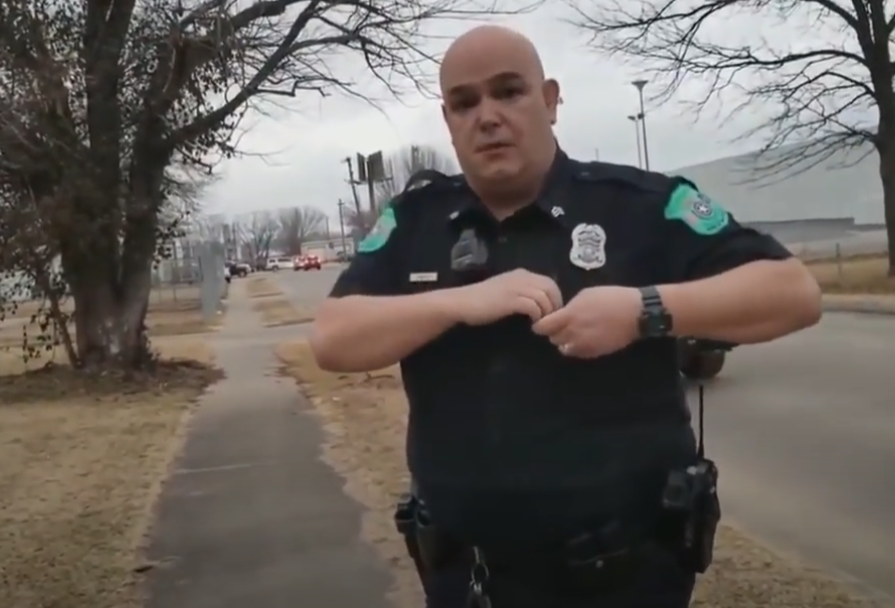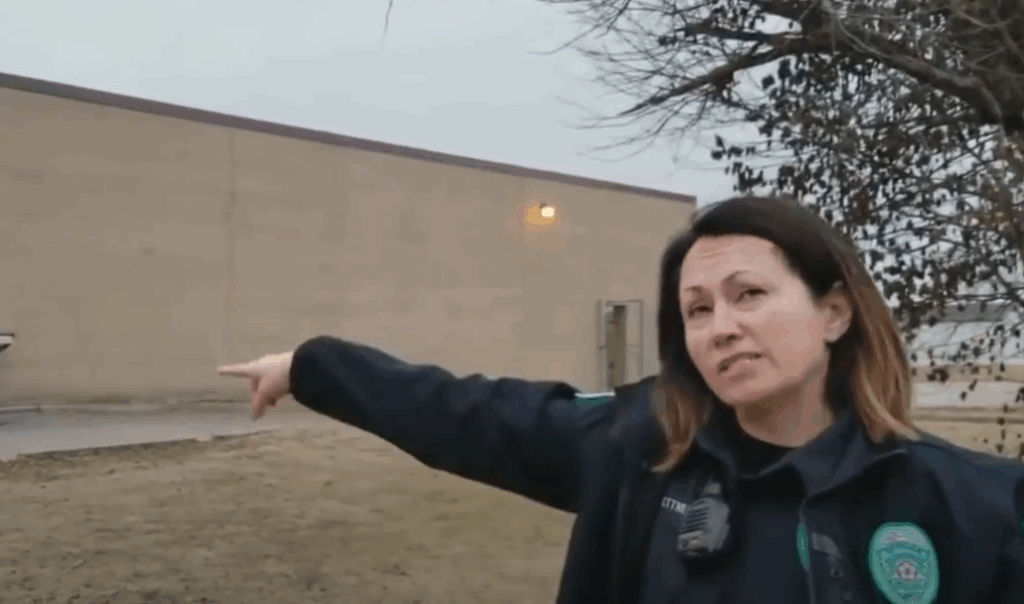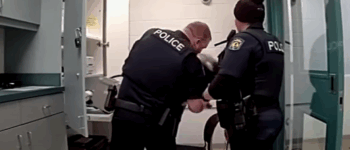A tense confrontation unfolded in Claremore, Oklahoma, when a man filming inside the local post office was approached and questioned by officers from the Claremore Police Department. The incident, partially captured on video, highlights ongoing debates over the rights of citizens to record in public spaces, the duty of officers to identify themselves, and the limits of police authority when no crime has been committed.
The individual, who identified himself as an independent journalist, stated that he entered the post office simply to take photographs of the interior and to pick up a passport application form. According to him, the images were intended for an upcoming online story about public facilities.
However, what began as a routine act of photojournalism soon escalated into a prolonged dispute over constitutional rights, lawful detentions, and accountability of public officials.
The Core of the Dispute
When initially approached by officers, the man immediately asked the fundamental question:
- “Am I being detained?”
- “For what crime?”
Over and over again, he pressed the officers to articulate the exact crime he was suspected of committing. His argument was clear: all of his actions—taking photographs, obtaining forms, and standing in a public building—were legal activities.
Officer Cassie Grettner, who arrived at the scene, repeatedly requested his identification. The man refused, insisting that he was under no legal obligation to provide personal information without reasonable suspicion of a crime.

A Clash Over Identification
The journalist then shifted the focus of the exchange to the officers’ own responsibilities. He emphasized that while a private citizen does not have to present ID in the absence of probable cause, police officers are duty-bound to identify themselves when asked during official duties.
Frustrated by Officer Grettner’s refusal to state her badge number, he said:
- “I’m not a public official. You are duty-bound to identify yourself.”
This statement underscored the growing tension: on one side, a citizen invoking constitutional rights; on the other, officers insisting they were responding to a call regarding suspicious activity.

Escalation: A Sobriety Check
The situation took a surprising turn when a sergeant on scene attempted to conduct what appeared to be a horizontal gaze nystagmus test, a procedure often used to check for alcohol impairment. Holding up a pen, the sergeant instructed the man to follow the tip with his eyes.
The man quickly responded:
- “I don’t drink.”
Viewers of the video have since questioned whether this test was justified, especially since the officers had not articulated any reason to believe the man was intoxicated. To the journalist, the act seemed like an intimidation tactic rather than a legitimate safety measure.
Broader Implications
This Claremore incident has sparked widespread discussion online, touching on several key issues:
- First Amendment rights – The right of citizens to photograph and record in public spaces, particularly government facilities.
- Transparency and accountability – The expectation that law enforcement officers identify themselves when requested.
- Reasonable suspicion – Whether police had any lawful grounds to detain, question, or test the man.
- Public trust – The delicate balance between ensuring security in public places and respecting the civil liberties of individuals.
Critics of the police response argue that the man was correct in refusing to comply with demands made without legal justification. Supporters of the officers counter that they had a responsibility to investigate after receiving a citizen’s complaint.
At the time of writing, there have been no reports of formal charges filed against the man. However, the incident continues to fuel debate over policing practices in Claremore and more broadly across the United States.
Conclusion
What happened at the Claremore Post Office serves as another example of the friction between law enforcement and the public in an era where nearly every interaction can be filmed, uploaded, and scrutinized.
While the man insists he was simply working on a story, the officers maintain that they were responding to a call. Between these two perspectives lies the central question: Where should the line be drawn between public safety concerns and individual freedoms?
The answer may ultimately rest not only in public opinion but in the courts, where the boundaries of lawful police conduct and constitutional rights continue to be tested.


